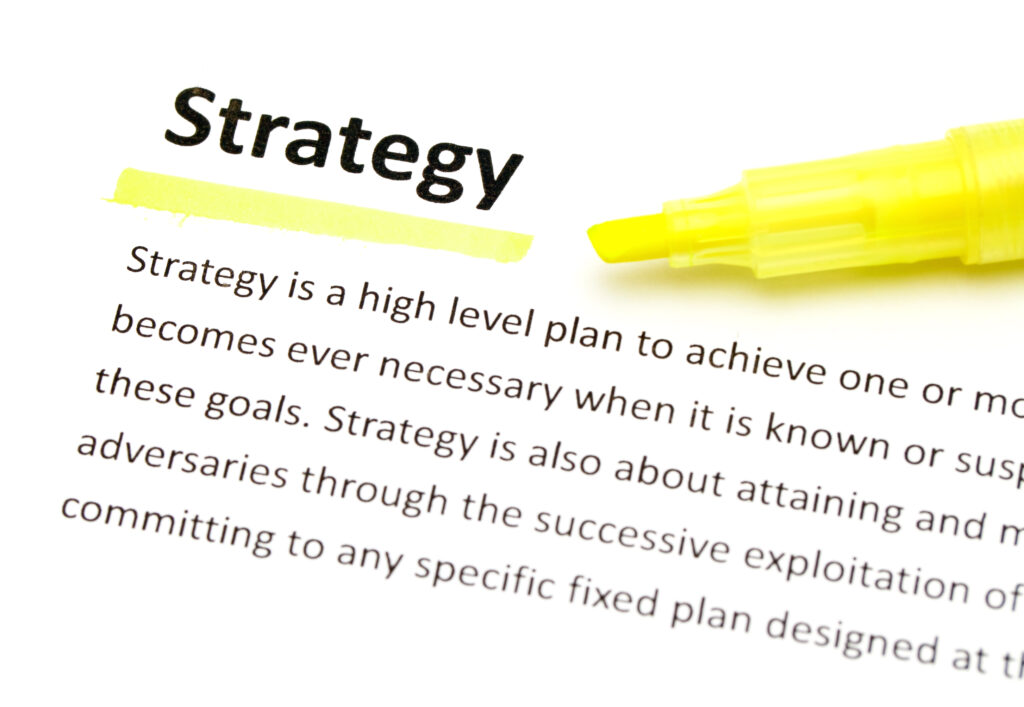Customer relationships shouldn’t end after a sale. In fact, the best relationships never end.
The key to building a successful brand is to resonate with customers. That’s a challenge for any brand at any time. But in 2024, it will be even more difficult than usual.
For starters, the days of buying third-party customer data based on tracking cookies to re-target customers across social media and the internet are ending. Complicating matters is a 2024 political campaign season expected to crowd out most of the available re-targeting ad inventory. And finally, social media fatigue is setting in across the board.
But when one door closes, another opens. The challenges above merely represent the end of an old era, which means we’re at the beginning of a new one … one where brands establish authentic (and thus more powerful) relationships with their customers that build long-term customer loyalty.
The result is a win-win for all. Brands acquire better and more actionable data and insights about what their customers want. Applied correctly, this then means customers can get more relevant, timely and personalized offers through the channels they prefer.
And it’s all possible by following three simple steps — Find your audience. Get to know them. Make them superfans.
Here’s a quick overview of each of these steps, supported by the latest data from our recently published Marigold 2024 Global Consumer Trends Index report.
1. Find your audience
The best place to find your audience is to pay attention to those who visit your website. Turning visitors into customers is relationship marketing 101.
For too long, brands have relied on tracking cookies to accomplish this. But not only are cookies going away, customers don’t like them. However, they do like relevant offers based on their interests and preferences.
Consider the following insights from the Marigold Consumer Trends Index:
- Indirect tracking tools like third-party cookies are considered “creepy” by 61% of customers. Yet, 68% say getting reminder emails about items they left in an online shopping cart is “cool.”
- Getting ads from unknown brands based on location is again considered “creepy” by 64% of consumers. But 59% are fine receiving messages based on their interests (like hiking, running, etc.)
In other words … stalking is creepy. Conversations are cool. So, a far fresher strategy is to make each site visit an opportunity to connect. With on-site forms and interactive experiences, brands can directly collect the information needed to determine the right product-market fit with far greater granularity than just a note about which web page was visited.
By establishing interactive experiences on your site, you can analyze consumer interests, organize them into customer segments, and ultimately deliver personalized offers based on what you know they’ll like.
2. Get to know them
Once you’ve converted unknown visitors into established contacts, you can start engaging them with useful and interesting content to get to know them even better. After all, your customers have all the information you need to know. All you have to do is ask. Data acquired this way is called “zero-party data,” and it’s the most valuable information you can collect.
Of course, you must give them a reason to do so first. The vast majority of consumers are willing participants in a value exchange, where they trade personal data about themselves in return for something of value or interest.
The “value” in the value exchange can take several forms, according to the Marigold Consumer Trends Index. Saving money is a top incentive. A majority of consumers find value in discounts/coupons (91%), loyalty points/rewards (89%), early/exclusive access to offers (83%), a chance to win something (81%), unlocking content (60%) and brand community (55%).
But money isn’t the only incentive. Customers have data needs of their own — exclusive content like previews, eBooks, guides and other insights into your niche make the “cost of entry” participation in a survey, poll or quiz easy to collect zero-party data.
Surveys are one of the top formats for collecting zero-party data. These can take different forms, from new customer surveys to surveys about their experience with the products, thoughts on products they’d want in the future, or even why they stopped buying your products are all useful.
Just make sure the survey is executed properly. Our own global study found that 66% of consumers are more likely to complete brand surveys if they are easy to complete, while another 55% pointed to how the survey will be used as a factor (such as informing the development of new products or services).
Doing this right is important because once collected, zero-party data allows you to create highly personalized and dynamic content and product recommendations, coupon codes and promotions for your most loyal (and valuable) customers.
3. Make them superfans
Relationship marketing is more than just finding and getting to know your customers. It’s about keeping them loyal as well, and there are many ways to accomplish this.
To start, talk with your customers using the information you’ve collected in the steps above. Personalized email and text messages, delivered at the right time with the right actionable information, will make your customers feel heard and appreciated. Both are critical first steps to establishing customer loyalty.
According to the Marigold Consumer Trends Index, more than half (51%) of consumers still report frustration over receiving irrelevant content or offers. On the flip side, 85% of consumers say their favorite brand treats them like an individual, and 78% of consumers say they are likely to engage with a personalized offer tailored to their interests.
But unless your email/messaging platform is integrated with your zero-party data collection platform, that might prove difficult. Relationship marketing requires an integrated approach, with clear connections from the first step to the last.
Of course, creating personalized messaging with data collected from users requires being sensitive to privacy concerns. Respecting these concerns opens up another opportunity for brands to create customer loyalty and maintain it. According to the Marigold Consumer Trends Index:
- 77% of consumers cite data privacy policies as either important or critically important to maintaining their loyalty, second only to product options/availability, and above customer service and support.
- Roughly half of consumers do not trust social media platforms with their data, and 68% are actively sharing less data with social platforms over concerns about how that data is used.
- 63% of consumers will pay more to shop with the brands they’re loyal to.
- More than 70% of consumers cite the following as either important or critically important to maintaining their loyalty: customer service/support, offers/promotions, data privacy policies, product/service quality, options and availability.
Remember, loyalty is earned on multiple fronts — with every customer interaction. In other words, you have to build that loyalty through authentic and personalized communications, respect for customer privacy, and of course, a product that delivers on customers’ needs.
Like any good relationship, your relationship with customers is not a transaction. It’s not a journey from point A to point B that ends with just a sale. It’s a circle … an ongoing virtuous circle. Because the result of good marketing is to establish a relationship. And the best relationships never end.
BY MICHELENA HOWL
ENTREPRENEUR LEADERSHIP NETWORK® CONTRIBUTOR. COO of Marigold











